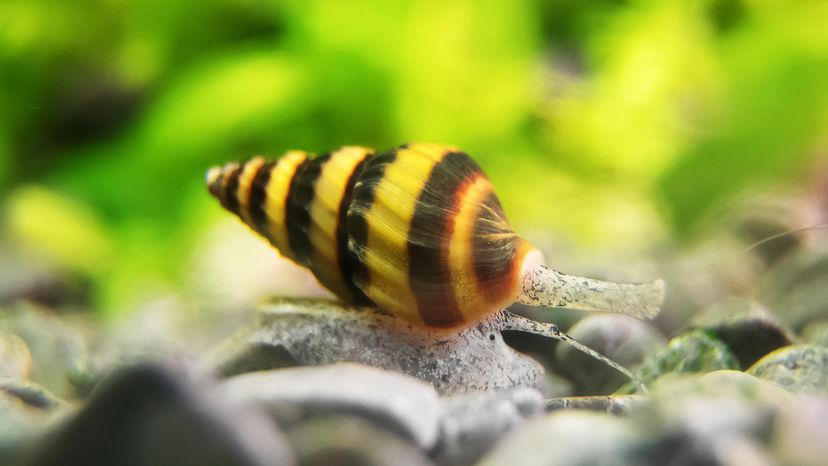
You might think of snails as the little shelled creatures that you find crawling in your garden, or even as a delicacy of French cuisine, where they are called "escargot." But there are snails that live in the water, too, including marine snails in the tropical oceans and freshwater snails found across the world in ponds, lakes and rivers.
Freshwater snails aren't just slimy oddities, though. Some snail species are actually a major threat to human health, doing far more damage than many other animal species combined.
Advertisement
